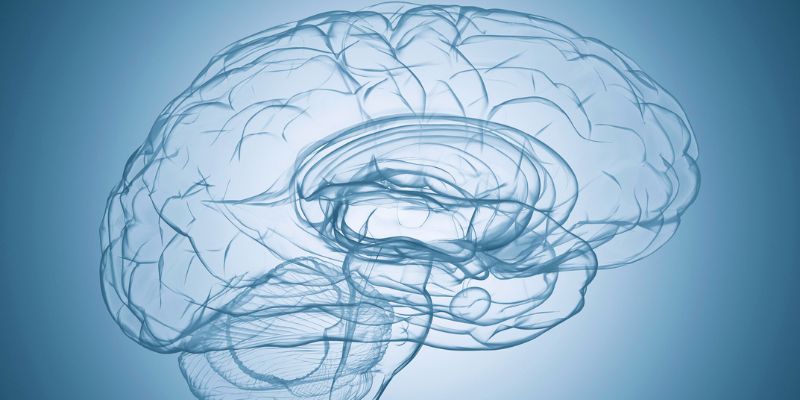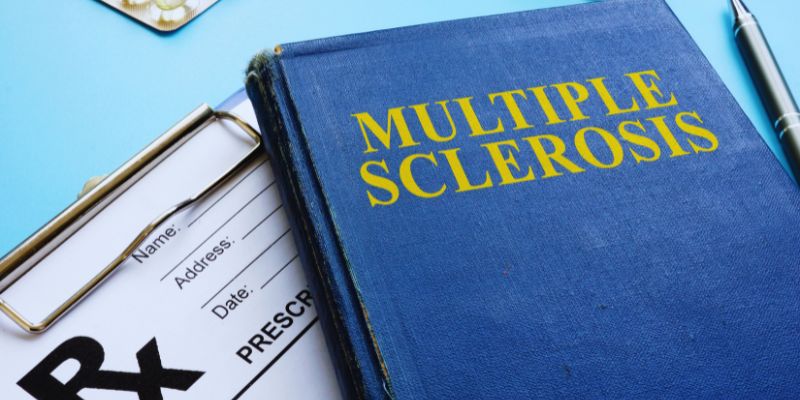A Guide to Serious Nervous System Disorders: An Understanding
Millions of people worldwide are affected by neurological diseases, which disturb daily life and create different physical and cognitive difficulties. Problems with mobility, memory, feeling, and more follow from these disorders affecting the brain, spinal cord, and nerves. While some, like stroke, come unexpectedly, others—including Parkinson's disease and Alzheimer's disease—progress gently over time.
Symptoms run from memory loss and communication problems to muscle weakness and convulsions. Though some diseases are still incurable, early diagnosis and appropriate treatment can enhance the quality of life. Knowing these illnesses enables people to control symptoms and seek early medical assistance properly. For those living with these life-altering diseases, this article offers insightful analysis of major nervous system disorders, their symptoms, causes, and accessible therapies.

Serious Nervous System Disorders
Below are the serious nervous system disorders that affect movement, thinking, and daily life, along with their causes, symptoms, and treatments.
Parkinson’s Disease
Parkinson's disease makes it difficult to move and gets worse with time. It results from brain cells stopping the synthesis of dopamine, a neurotransmitter regulating muscular action. You walk slowly and clumsily when you lack adequate dopamine. Though the exact origin is unknown, circumstances and genes could play a part. If you work with chemicals or if someone in your family has the illness, your risk may rise. The symptoms arrive gradually and worsen with time. Common symptoms are tremors (shaking hands or fingers), muscle stiffness, sluggish motions (bradykinesia), and difficulty maintaining equilibrium. Although there is no cure, levodopa and other medications increasing dopamine levels in the brain can help reduce symptoms.
Multiple Sclerosis (MS)
The autoimmune condition known as MS damages the covering around nerve cells called myelin sheath, compromising their protection. Neurological issues result when this injury slows down or messes with messages between the brain and the body. Although the exact origin of it is unknown, genetics and environmental elements such as viral infections and insufficient vitamin D could have a part. The injury of which nerves cause the symptoms determines them. Among the first symptoms are limb tingling or stiffness, muscle weakness, blurred or doubled vision, weariness, and difficulties maintaining equilibrium. Relapses are periods when symptoms rapidly worsen and then progressively improve once more for some people. Though medicines help to slow it down, it cannot be cured.
Alzheimer’s Disease
A brain issue, Alzheimer's disease causes people to lose memories and think less coherently over time. Usually affecting elderly persons, it is the most often occurring cause of dementia. The disease results from beta-amyloid plaques and tau tangles building in the brain. These either harm or kill nerve cells. Genes, aging, and bad habits like not working out or eating healthily could all contribute to the risk rising. Among the earliest symptoms are disorientation, difficulty remembering names, and difficulty locating words. People with the disease grow confused and lost, have mood changes, struggle with daily duties, and, at last, lose their independence as the illness worsens. Though there is no cure, cholinesterase inhibitors like donepezil can help to slow down the loss of brain ability.

Epilepsy
The neurological condition known as epilepsy produces seizures brought on by malfunctioning brain cells. This sickness can result from brain damage, infections, strokes, or genes. While some seizures make the entire body shake, others are minor and difficult to detect. Various kinds of seizures have distinct symptoms. Certain individuals have bouts of gazing, fleeting bewilderment, uncontrollably shivering, or even unconsciousness. Triggers include not getting enough sleep, anxiety, flashing lights, or forgetfulness about taking your medication. The treatment consists of anti-seizure medications, which enable most patients to control their seizures. Under worst circumstances, the region of the brain causing the seizures could have to be removed surgically.
Amyotrophic Lateral Sclerosis (ALS)
It goes by Lou Gehrig's disease as well. The very terrible neuromuscular disorder ALS causes muscles to weaken gradually. It results from brain and spinal cord nerve cells stopping working appropriately. Muscle weakness and wasting away follow from this. The cause is unknown, but certain cases have been connected to specific genetic alterations. Early indicators include muscle twitching, hand or limb weakness, difficulty speaking, and feeding problems. As the disease worsens, patients lose their capacity for movement, communication, and even breathing on their own. Though medications like riluzole help slow down the illness, there is no cure. Assistive tools, physical treatment, and speech therapy help people maintain their skills for as long as possible.
Stroke
Brain cells die when blood flow to the brain shuts off. We term this a stroke. Hemorrhagic strokes result from blood clots in the brain; ischemic strokes arise from excessively slow blood flow through the brain. If you have diabetes, high blood pressure, smoke, or high cholesterol, the risk increases. Some fast-appearing symptoms are slurred speech, disorientation, dizziness, and difficulties seeing on one side of the body. Strokes can either kill or leave someone permanently incapacitated without treatment. Early meds that break up clots, like tPA (tissue plasminogen activator), can help the blood flow once more.
Migraine
Usually lasting hours or even days, migraines are rather severe headaches. It affects blood vessels and nerves through malfunctioning brain activity. Triggers include stress, hormonal fluctuations, dehydration, inadequate sleep, and eating particular foods such as processed meats and sweets. Usually, on one side, symptoms include extreme excruciating pain; they can include feeling sick, throwing up, dizziness, and sensitivity to light and sound. Before they develop a migraine, some people have an aura. This aura can comprise tingling sensations, blind areas, or flashing lights. Treatment calls for painkillers like ibuprofen, available over-the-counter, or prescription medications like triptans.
Conclusion:
Neurological diseases can seriously disrupt daily life and make mobility, thinking, and communication challenging. While certain disorders, like migraines and epilepsy, can be controlled with medicine and lifestyle modifications, others, including Alzheimer's and ALS, have no cure but can be treated to slow down advancement. Improving quality of life depends on early diagnosis, appropriate medical treatment, and support. Research keeps producing improved remedies and therapies. Knowing these illnesses enables people to see signs early on and seek treatment.












